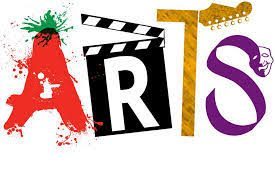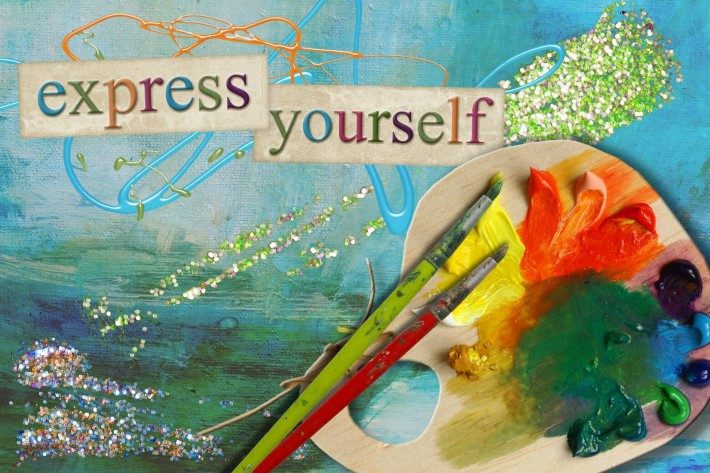This week in visual arts we explored ‘Room 13.’ This was in a primary school for children to be enabled to manage their own learning within the arts. This is all done as a social enterprise by the school, as they make money from doing their own school photographs. The children are put at the heart of the project.
‘compliance to a set of ‘past practices’ and ‘orthodoxies’ (Atkinson, 2005, Hickman, 2005) that privileges technical skills and teacher-led pedagogies at the expense of creativity and more pupil-led pedagogy which privileges free expressive modes of thinking and making.’
Opening up enquiry-based learning and giving the children a place to express their feelings and emotions and open up their creative side. This room is key in a child’s connection with creativity, as there are no limits to their expression or what they are making. They are in control of their creative learning.
Within the workshop, I opened up skills from my creative side giving me more confidence and pride in my ability. Making my own paintbrush enabled me to be critical about materials and how they would work together, piecing together a rough and smooth side as my choice. However, there was a variety of brushes through the class of big or small plus soft or rough showing everyone’s individual choices and creative minds. Then being able to use the brush to paint with gave a lot of pride, knowing you made something and then used it to create. I can imagine the joy children would have in being able to see the production come to life. Bloomfield (2012) discussed children becoming familiar with materials and absorbing visual shapes, in their heads as they consciously envisage images, leading to them becoming critical of materials and questioning their use.



The painting we created with the brush was done through the reading of a picture. “Visual images appear as the imagination is stimulated, and the children’s experiences are heightened when they are asked to imagine things, as teachers provide descriptive information and encourage sensory responses.” (Bloomfield, 2012, pp. 105)
Without using our eyes but using our minds, creating different variations and colours within the creations.
Scottish Government (2017) state experiences and outcomes at the second level, that teachers can relate to this task:
I can create and present work that shows developing skill in using the visual elements and concepts. (Scottish Government, 2017)
This task reduces the idea of ‘template pictures’ from copying an object or image. These are all independent creations and pieces of work from each individual’s mind are an interpretation of the same reading. They will still see other’s work and feel ‘that’s better than mine,’ however, the reassurance of a teacher praising their work and creativity can lead them a long way in the arts.


Drama focused on historical events and controversial issues in the world. This week I felt much more comfortable and having creative thoughts when I was in my group. I feel I have got to the stage where I am successfully embracing the drama. Drama is successful in bringing out key skills in teamwork and critical thinking about different topics.
‘The arts enable us to have experience we can have from no other source through such experience to discover the range and variety of what we are capable of feeling.’ (Eisner, 2002)
The drama led to expressing ourselves over different topics and events we weren’t involved in but can identify the emotions that were possibly felt. Focusing on the conventions of mime, monologue and voice in head, adding a deeper effect to the scene as emotions and views were shared. The silence in the room was something I really noted from this and being able to connect to how that person felt after what had just occurred.
Bringing to life the realness of these difficult situations can resonate with children as they grow up. Jurinović stated ‘they experience something and perceive something as if they were in someone else’s shoes…’ Connecting with the emotions they would have been going through, can lead children to identify with compassion and empathy.

As I identify a link between these two art forms this week, I see the freedom of expression with the arts. Whether it be through an image of say WW2 or just words being spoken, creating an image. I could see the way children could bring things to life through their minds and be open to being critical of their own thought, but also let it flow out. The way I saw the painting come to life, just the way I seen the emotions come to life, was mesmerising. Children are able to connect with these at deeper levels through the strength of words and connect their creativity to real life.

References
Jurinović, M, R. (2016) Process Drama as a Form of cooperative learning Croatian Journal of Education Vol.18; Sp.Ed.No.2/2016, pages: 239-253
McAuliffe, D (2013) Art and Design Education. In T. Bryce and W. Humes (et al eds.) Scottish Education (4th Edition): Referendum, Edinburgh: Edinburgh University Press
Eisner, E. (2002). The Arts and the Creation of Mind, In Chapter 4, What the Arts Teach and How It Shows. (pp. 70-92). Yale University Press.
Bloomfield, A (2012) Teaching integrated arts in the primary school New York: Routledge
Scottish Government (2017) Curriculum for excellence: expressive arts. Experiences and Outcomes[Online] available: https://education.gov.scot/Documents/expressive-arts-eo.pdf [accessed: 03/10/2019]


